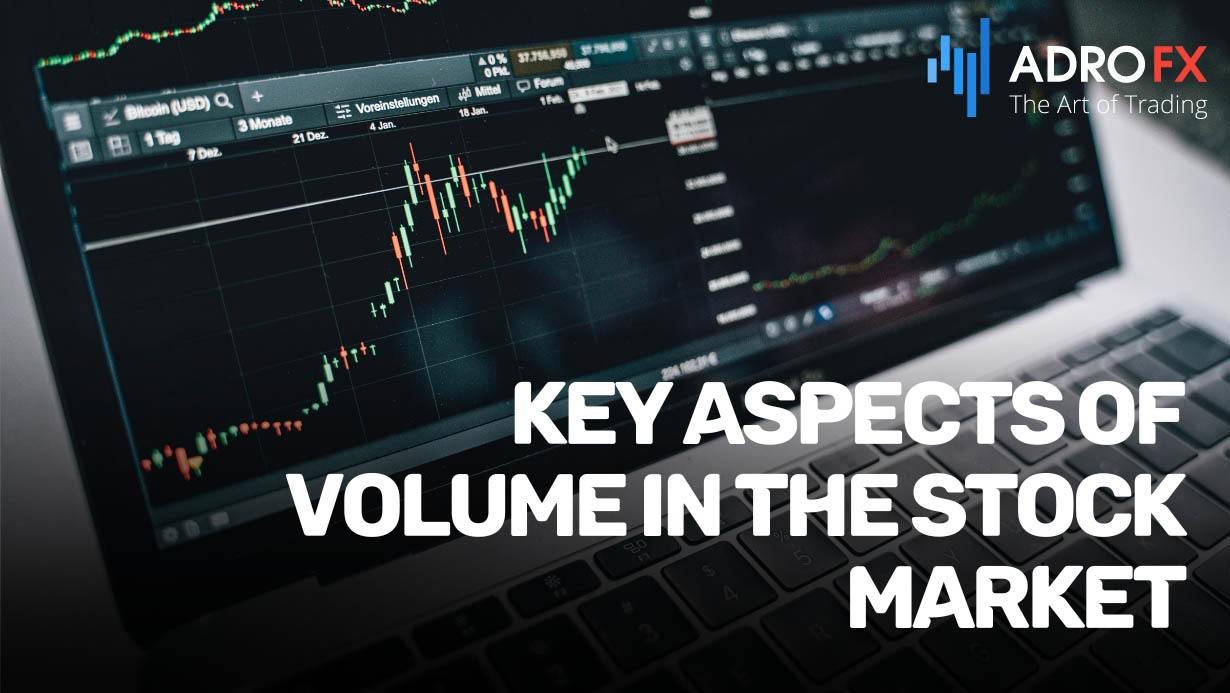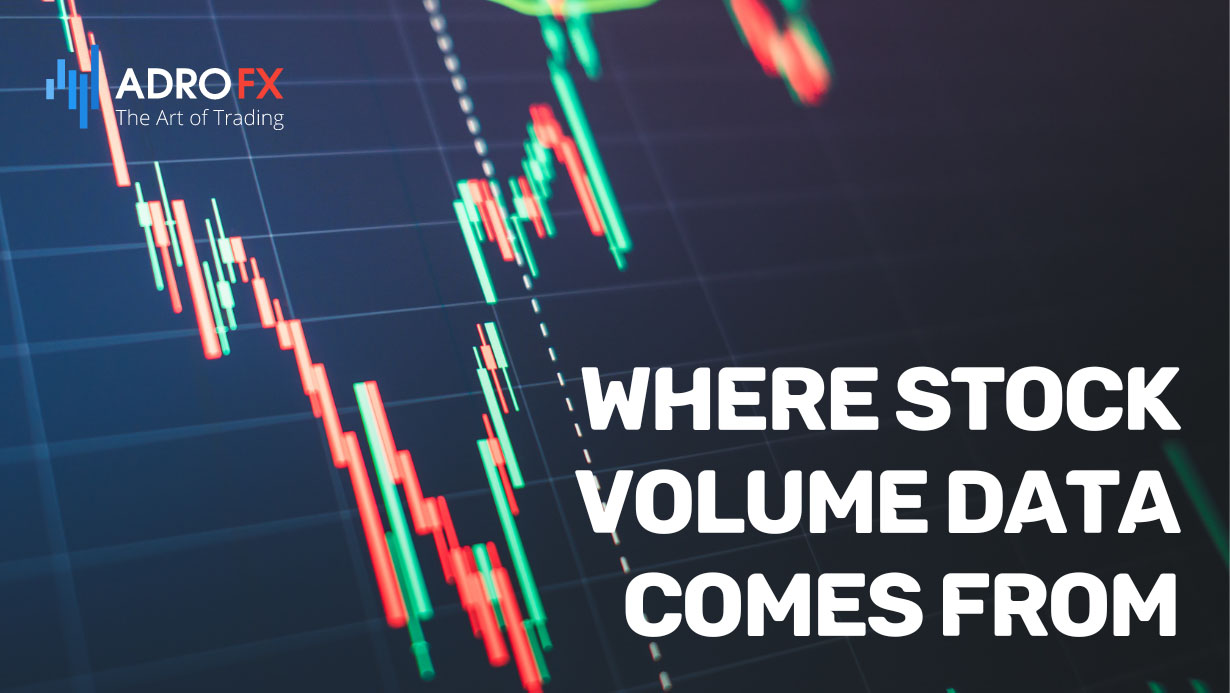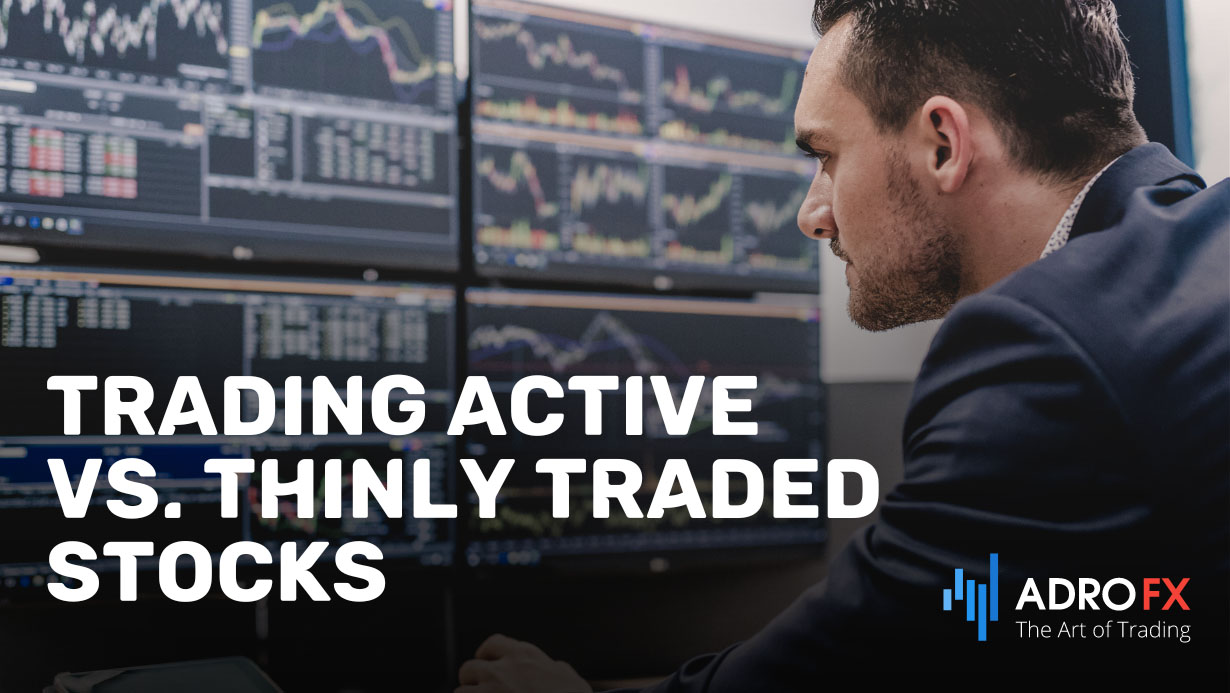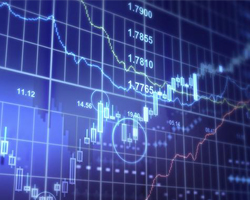The Fundamentals of the Volume in the Stock Market: A Comprehensive Guide

Stock volume is a pivotal concept within the financial markets, carrying immense importance for both novice and seasoned traders. It pertains to the average number of shares traded during a specified time frame and stands as a cornerstone in professional traders' toolkits.
The significance of stock volume is profound, influencing aspects such as shares' liquidity and market volatility. In this article, we will delve into the world of stock volume, explore key volume indicators for analytical purposes, and unveil its strategic role in day trading.
Understanding Stock Volume
As previously mentioned, stock volume represents the count of shares exchanged within a designated period. When evaluating stocks, a rising price accompanied by robust volume is often perceived as a stronger buy signal compared to a price increase with feeble volume. This association suggests that an upward price trend supported by substantial trading activity tends to be more sustainable.
Conversely, when the volume of a declining stock diminishes, it often signals an impending price decline. But what precisely does stock volume signify?
In the realm of stocks, volume carries various interpretations. It can denote the number of shares traded during a specific period, the volume of options contracts, or even the quantity of shares transacted within an index over a set time frame.

Key Aspects of Volume in the Stock Market
Examining a single day's volume, while informative, often paints an incomplete picture. For example, if one million shares of a company are traded on a given day, this figure alone provides limited insight.
However, when we consider the 20-day moving average of this volume and find it to be 300,000, this figure holds more meaning. It implies that an event or catalyst could have attracted a more substantial number of participants to the stock, causing this surge in activity.
Another essential point is that volume is determined with each trade. For instance, if one trader sells 1,000 shares, and another buys 1,000 shares, the overall volume registers as 1,000.
Volume in Diverse Asset Classes
The concept of volume is not confined solely to stocks but extends across various asset classes, including cryptocurrencies, commodities, and currencies. In the context of stocks, a higher volume generally signifies greater liquidity. To illustrate, consider a scenario where you have invested in a million shares of a company. The challenge arises when you decide to exit the trade, as finding buyers may prove problematic due to the limited liquidity of these stocks.
Volume as a Reflection of Market Sentiment
Volume plays a vital role in expressing an asset's sentiment among investors and traders. Broadly, a stock with a higher volume indicates a larger presence of buyers and sellers in the market. When bullish volume is on the rise, it suggests increased buying activity during the specified period. Conversely, a surge in bearish volume foreshadows a continuing downtrend.
On the other hand, minimal or absent volume signifies that an asset lacks popularity among market participants. Investing in an asset with low volume can be precarious, as it implies reduced liquidity. Moreover, low-volume stocks are susceptible to short squeezes and pump-and-dump schemes.
Volume vs. Liquidity
A common query revolves around the distinction between volume and liquidity. Volume refers to the quantity of shares traded within a session, while liquidity concerns the ease of entering and exiting a trade, representing the market's activity level. Consequently, volume and liquidity maintain a close relationship. In most instances, stocks with high volume also boast high liquidity. For instance, renowned companies like Apple, Microsoft, and Google, marked by substantial trading activity, offer exceptional liquidity.

How Does Volume Affect an Asset Price?
The influence of volume on an asset's price is a prominent subject of discussion among traders. Understanding how volume affects the price of an asset is pivotal in navigating the financial markets. In most cases, traders scrutinize the nature of the volume - whether it is bullish or bearish - to glean valuable insights.
Bullish and Bearish Volume
The nature of volume plays a fundamental role in determining an asset's price. When an asset experiences a surge in green volume, it signifies an influx of investors purchasing the asset. Consequently, traders tend to continue buying it, propelling the price upward during that period.
Conversely, higher red volume indicates more people selling the asset, resulting in a downward trajectory. In this scenario, the asset's price is expected to experience further declines.
Additional Impacts of Volume
The influence of volume extends beyond price dynamics and can affect other aspects of the market. For instance, volume can have implications for an asset's price, particularly in the forex and CFD markets. Assets with low trading volumes often exhibit wider spreads, leading to increased trading costs.
Intraday vs. Historical Volume
There are two primary ways to leverage an asset's volume when trading. The first entails analyzing the asset's intraday volume or turnover, which reveals the total volume of shares exchanged during the trading day.
The second crucial dimension is historical volume. While intraday volume is informative, it often requires contextualization against the asset's average volume over a specific period.
The Impact of Key Market Movers on Volume
Various factors can influence the volume of an asset, with key market movers playing a significant role. Earnings reports released by companies represent a substantial driver of volume. The stock can experience a surge or decline in volume following the publication of earnings. These events tend to capture media attention and attract heightened trading activity.
Mergers and acquisitions (M&A) also exert a substantial influence on volume. When an M&A deal is announced, the volume of both the acquiring and acquired companies is prone to escalation. Investors seize the opportunity to trade these assets, resulting in an elevated trading volume. Notably, the acquiring company may experience higher red volume.
Geopolitical events, such as conflicts or wars, can spur fluctuations in volume. During periods of geopolitical uncertainty, volume tends to rise as investors react to market events.
Additionally, volume can be influenced by news events and social media. News releases, such as earnings reports or announcements of M&A activity, can lead to heightened trading activity. Similarly, social media platforms can significantly impact trading volume, especially during instances when stocks trending on these platforms experience heightened interest.

Where Stock Volume Data Comes From
Stock volume data, a critical component of financial markets, is derived from various sources that track and record trading activity. These sources provide valuable insights into the number of shares traded, the frequency of trades, and the overall market activity. Here are some key origins of stock volume data:
- Stock Exchanges
The primary source of stock volume data is the stock exchanges themselves. These include major exchanges like the New York Stock Exchange (NYSE), NASDAQ, and various international exchanges. Exchanges meticulously record each trade executed on their trading floors, generating real-time data on trading volumes for every listed security.
- Market Data Providers
Numerous market data providers, such as Bloomberg, Thomson Reuters, and Refinitiv collect, aggregate, and distribute stock volume data. They source this data from multiple exchanges, ensuring comprehensive coverage for various financial instruments.
- Brokerage Firms
Brokerage firms generate and maintain volume data as part of their trading operations. They track and record the buy and sell orders executed on behalf of their clients. Brokerage firms also offer proprietary trading platforms that allow clients to access real-time volume data.
- Regulatory Agencies
Regulatory bodies, like the US Securities and Exchange Commission (SEC), require stock exchanges and other market participants to report trade data. This data is crucial for market surveillance and enforcement of securities regulations.
- Consolidated Tape
In the United States, the Consolidated Tape System (CTS) and Consolidated Quotation System (CQS) are responsible for consolidating and distributing trading information from multiple exchanges. This helps provide a unified view of stock volume data.
- Publicly Accessible Data
Stock volume data for most publicly traded companies can often be found on their investor relations websites or financial news platforms. Companies are required to disclose their trading volumes and other relevant financial information.
- Trading Platforms
Online trading platforms and software tools also provide access to real-time stock volume data. Traders and investors can monitor volume figures as part of their trading strategies.
- Historical Databases
Financial data providers maintain historical databases of stock volume data, allowing users to access historical trading volumes for research and analysis. These databases are essential for backtesting trading strategies and conducting market research.
In summary, stock volume data is sourced from a wide array of market participants, regulatory bodies, and data providers. These sources work together to ensure that volume data is accurate, up-to-date, and readily accessible to market participants, traders, and investors. This data is indispensable for making informed decisions in the world of finance and trading.
Volume Indicators in Trading
Traders have at their disposal several volume indicators to harness the power of volume in their trading strategies. These indicators include:
- The Accumulation and Distribution indicator
- Volume indicator
- On-balance volume
- Volume moving average
- Volume-Weighted Average Price (VWAP)
- Price volume trend
- Negative Volume Index
Various Uses of Volume in Trading
The volume serves multiple purposes in trading. Firstly, it can be employed to gauge an asset's accumulation. During accumulation, higher relative volume is typically observed alongside modest price movements. Smart money investors tend to accumulate stocks in smaller portions to prevent abrupt market movements.
Secondly, volume confirms the presence of a trend. After the accumulation phase, traders can use volume to affirm an asset's trend. When an asset's price experiences a markup, volume tends to rise, further substantiating the trend.
Lastly, volume can be used to identify and confirm breakouts and breakdowns. Asset prices tend to exhibit distinctive behavior during these phases, and volume can be a valuable tool for verification.

Trading Active vs. Thinly Traded Stocks
As a day trader, it is prudent to focus on companies with higher trading volumes rather than those with low trading activity. Stocks with substantial trading volumes are more likely to exhibit fluctuations that can be harnessed to generate income. Technology industry giants like Apple, Netflix, Facebook, and Nvidia often feature high trading volumes. In contrast, low-volume stocks are often found among smaller companies in less popular sectors, such as farmlands and the industrial sector.
Causes of High Volume in Stocks
Several factors contribute to increased volume in the stock market. Notably, earnings releases often drive heightened trading volumes, as investors actively buy or sell shares during earnings season. Additionally, M&A announcements, company-specific developments, government fiscal and monetary policies, and other significant events can trigger spikes in trading volume.
Guidelines for Utilizing Volume in Trading
Volume can be harnessed in multiple ways for trading. It can be used to confirm trends, identify trend exhaustion, and validate breakouts. To confirm an existing trend, traders monitor whether an asset's price movement aligns with higher relative volume. In instances of trend exhaustion, during an uptrend, for example, traders may observe rising prices accompanied by falling volume.
Furthermore, volume plays a crucial role in validating breakouts. When an asset experiences a bullish or bearish breakout from consolidation, traders can gauge the strength of the breakout by examining the accompanying volume. A breakout with higher volume is likely to be more enduring.
Final Thoughts
In conclusion, stock volume stands as a fundamental and multifaceted concept within the financial markets. Its influence on trading decisions and market dynamics cannot be overstated. Stock volume data is a treasure trove of insights, sourced from a multitude of origins, including stock exchanges, market data providers, brokerage firms, regulatory agencies, and more.
Understanding stock volume is not only about the quantity of shares changing hands; it's about deciphering market sentiment, trend confirmation, and strategic decision-making. Rising prices with robust volume often indicate a more sustainable trend, while diminishing volume during a decline hints at a potential price drop.
In a world where active trading is driven by the quest for earnings, traders must choose their stocks wisely. Focusing on stocks with higher trading volumes can help seize opportunities and exploit market fluctuations effectively. Causes of high volume in stocks, from earnings releases to fiscal policies, provide further insights into the interplay between volume and market events.
About AdroFx
Established in 2018, AdroFx is known for its high technology and its ability to deliver high-quality brokerage services in more than 200 countries around the world. AdroFx makes every effort to keep its customers satisfied and to meet all the trading needs of any trader. With the five types of trading accounts, we have all it takes to fit any traders` needs and styles. The company provides access to 115+ trading instruments, including currencies, metals, stocks, and cryptocurrencies, which make it possible to make the most out of trading on the financial markets. Considering all the above, AdroFx is the perfect variant for anyone who doesn't settle for less than the best.










